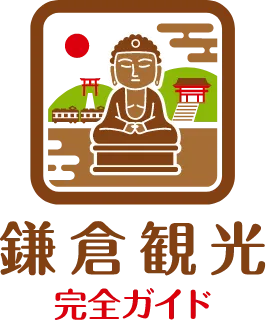Sugimoto-dera Plum Blossoms
The Charm of Sugimoto-dera’s Plum Blossoms
Sugimoto-dera Temple features a few scattered plum trees that harmonize beautifully with its tranquil atmosphere, gently announcing the arrival of spring. The delicate white and red plum blossoms subtly enhance the picturesque scenery, blending seamlessly with the thatched-roof main hall and the Niomon Gate.
History and Background
Sugimoto-dera (すぎもとでら) is the oldest temple in Kamakura, a historic Tendai sect temple with a long-standing presence. As visitors pass through the Niomon Gate, they are greeted by scattered white and red plum blossoms, further accentuating the temple’s peaceful ambiance.
Best Season to Visit and Highlights
- Late January to Late February: The plum trees begin to bloom, heralding the start of spring.
- Late February to Early March: The white and red plums reach their peak, offering a serene seasonal landscape unique to Sugimoto-dera.
Beyond the Niomon Gate stands a single red plum tree, with another found along the stone steps leading to the main hall. At the entrance path, white plums welcome visitors, while red plums bloom beautifully along the moss-covered stone steps. The soft hues of the plum blossoms, combined with the historic thatched-roof structures, create a scene unique to Sugimoto-dera.
Panoramic Views and Garden Beauty
Located on elevated ground, Sugimoto-dera also offers stunning panoramic views of Kamakura’s cityscape from its temple grounds. The combination of gentle spring sunlight and plum blossoms creates a peaceful and enchanting atmosphere.
Conclusion
Sugimoto-dera’s plum blossoms exude quiet elegance rather than grandeur. When visiting Kamakura, take the time to appreciate the arrival of spring in this historic temple, where serenity and beauty go hand in hand.
Toshi’s Evaluation
| Evaluation Criteria | Score | Reason |
|---|---|---|
| Scenic Beauty | 9 points | The red and white plum blossoms harmonize beautifully with the moss-covered stone steps and the thatched-roof main hall, creating a historically rich and picturesque view. |
| Accessibility | 8 points | Relatively convenient, with the nearest bus stop about a 10-minute walk away, though it is somewhat far from the nearest train station. |
| Historical Value | 10 points | As the oldest temple in Kamakura, with origins attributed to Gyoki and housing an Eleven-Faced Kannon statue, it holds immense cultural and historical significance. |
| Comfort | 7 points | While it is not crowded and offers a peaceful atmosphere, restrictions on access to the moss-covered steps slightly limit movement. |
| Reviews | 8 points | Online reviews are positive, praising the beauty of the plum blossoms and the tranquil environment, though some mention areas for improvement in facilities. |
Overall Score: 42 Points
Sugimoto-dera is a captivating tourist destination that combines the charm of plum blossoms with moss-covered stone steps and a thatched-roof main hall. Its status as Kamakura’s oldest temple adds significant historical value. The site is relatively accessible and not overly crowded, making it ideal for those seeking a serene experience. However, some restrictions on movement slightly affect comfort.


